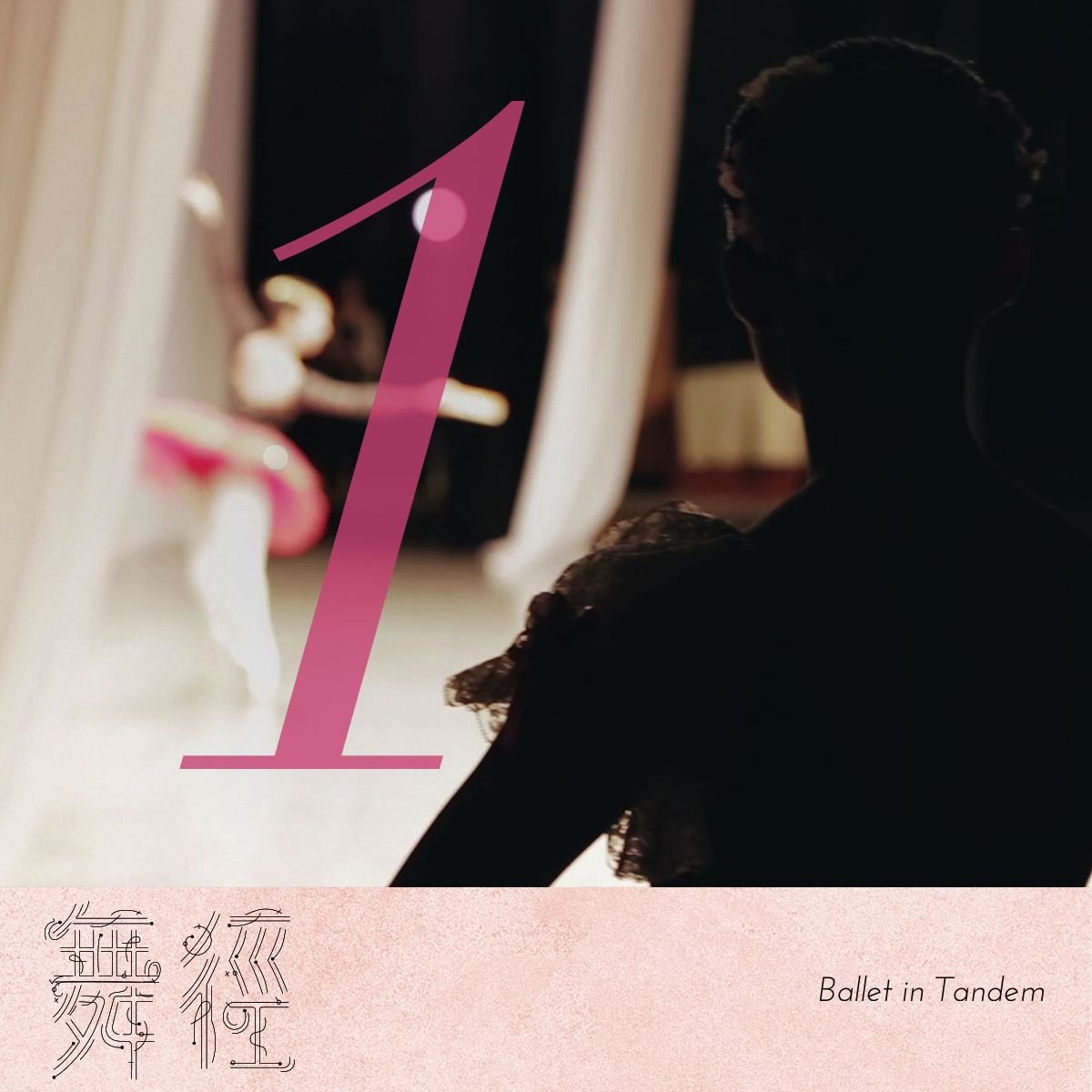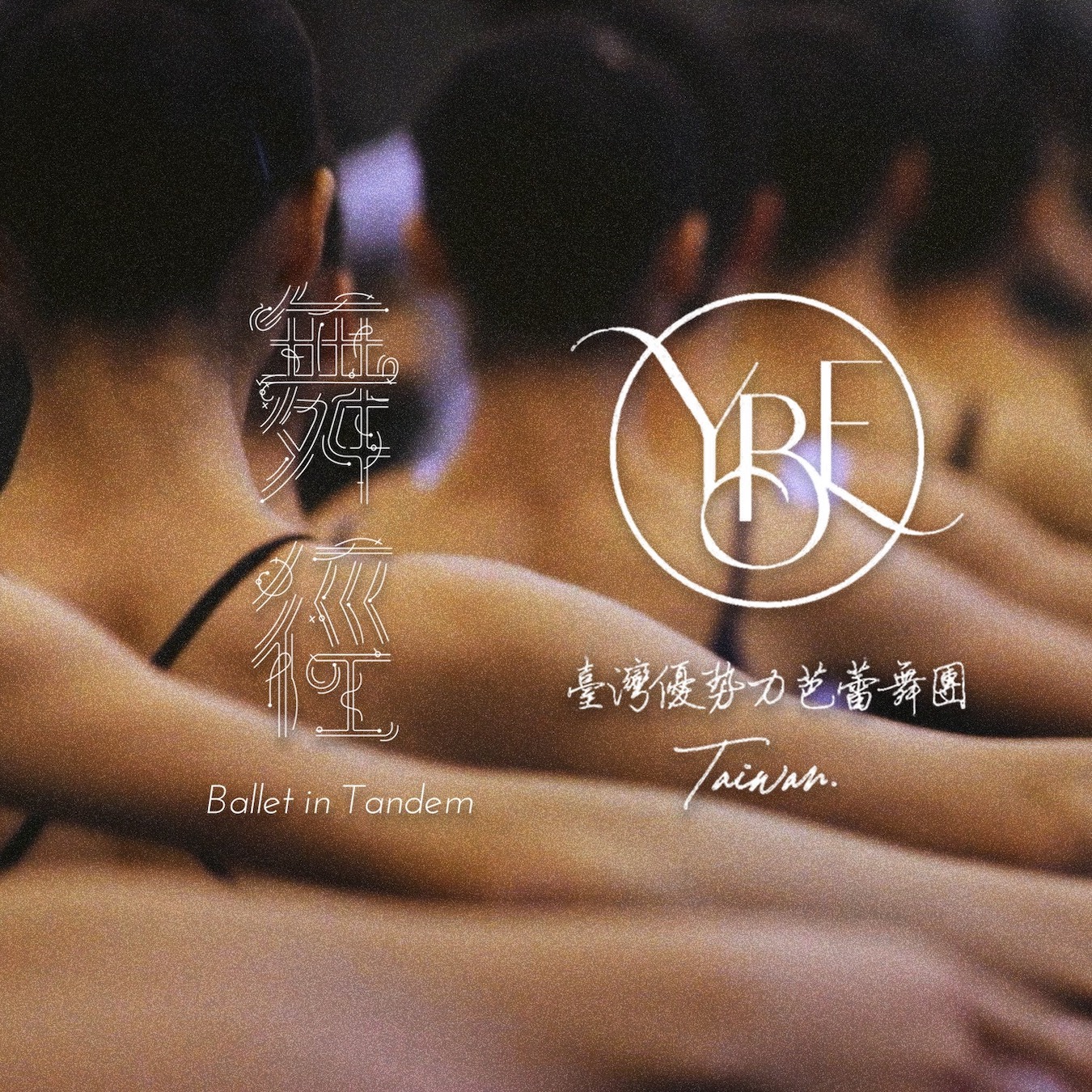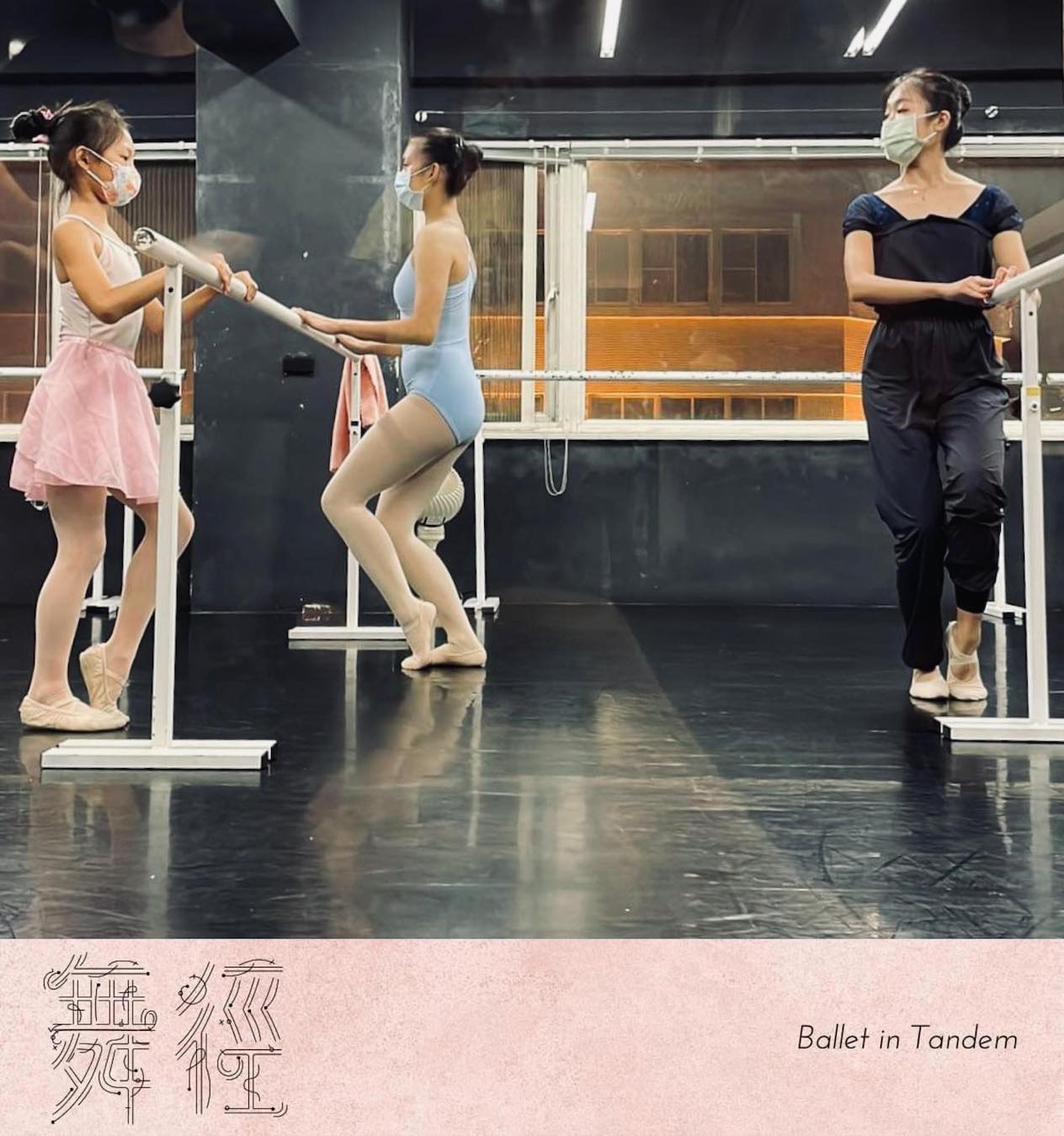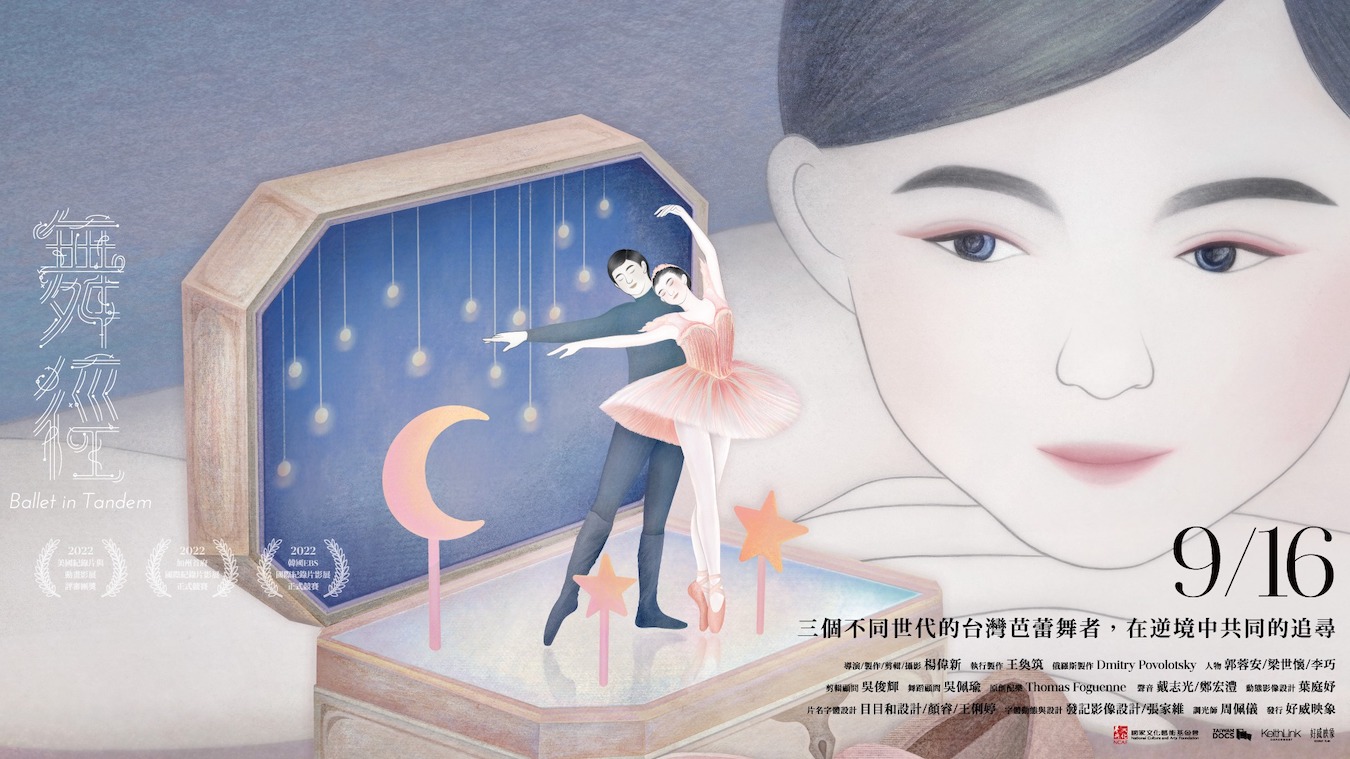by Enbion Micah Aan
語言:
English /// 中文
Photo Credit: 舞徑 Ballet in Tandem/Facebook
OVER THE SPAN of nine years, documentary filmmaker, Wei Hsing Yang (楊偉新) shot and edited Ballet in Tandem (舞徑). The film is a true labor of love, with Mr. Yang spending two million NT of his own money, and fifty thousand NT from crowdfunding to receive a theatrical release. This debut film is a triumph and hardly feels like a young filmmaker’s work, as it is a film that handles the subject matter with great maturity. Ballet in Tandem is a masterfully edited film whose sensibility and subject matter are reminiscent of Hoop Dreams. (Note: For people who need English subtitles, this film has English subtitles.)

Photo credit: 舞徑 Ballet in Tandem/Facebook
Even though the documentary took nine years to complete, it clocks in at only two hours and twenty-three minutes–Ballet in Tandem is tightly and beautifully edited, with smooth pacing that never drags and effortlessly connects the narrative across time and space. It is quite an accomplishment to balance the relatively obscure material that is ballet dancing in Taiwan, the difficulty of dealing with complex cultural issues, the intergenerational nature of the subject matter, and an extraordinary number of interviewees. Even with all these interweaving narratives and perspectives, the film kept the viewers engaged with its skillful editing. It is a documentary film that should be seen by anyone interested in Taiwanese culture, as this is an honest film dealing with a particular Taiwanese cultural dilemma.
The film follows different generations of ballet dancers and teachers and sketches out the difficulties of pursuing their dreams in the Taiwanese cultural context. While the documentary is very sensitive to dancers’ challenges, it does not ignore the underlying issues. Taiwanese culture can be ruthlessly practical and prefers its dancers to be generalists, as opposed to specialists, such as ballet dancers. The emphasis on jack-of-all-trades dancing programs in Taiwan was meant to help students professionally and give them the best possible job prospects. But the job prospect of professional dancers in Taiwan can be lower than minimum wage, as one interviewee made clear, not to mention that there is only one professional dancing company in Taiwan that can afford to pay dancers year round.

Photo credit: 舞徑 Ballet in Tandem/Facebook
As a result of the educational requirements to learn all forms of dance, serious ballet dancers in Taiwan would need to constantly go against the grain, as this generalist approach simply does not work for the training required for ballet. In one of the memorable moments in the film, John Barker, an authority on the subject of ballet in the Anglophone world, reminded Taiwanese dancers that ballet is “a profession”. Barker said these words in the ’80s, but Taiwanese education, as well as culture, has obstinately not changed to advance the art form in any meaningful way.
The origin of ballet can be traced back to the Renaissance and was modernized by Vaganova. It is a classic art form with its particular history, pedagogy, music, and theories. Though the film is about ballet and ballet dancers, it turns out, that ballet is also a great example of a Taiwanese cultural impasse. Being a ballet dancer, or a dancer in any form requires one to be an athlete and an artist. However, it takes a lot more for a ballet dancer to be a ballet dancer, as the film has shown us clearly. It takes an entire ballet infrastructure in place to train young dancers, and this is something Taiwan solely lacks. The infrastructure would require a well-established pedagogy, dedicated dancers, coaches, dance companies, and an audience.

Photo credit: 舞徑 Ballet in Tandem/Facebook
It is clear to people who pay attention to athletics and art in Taiwan, it is easy to come to a cultural impasse on both fronts. One notable example would be the once iconic Taiwanese baseball–the Taiwanese youth baseball team is on the 500 NT bill. Baseball, as a sport, as well as a cultural enterprise, continues to see cycles of attempts at revival and then subsequent falling off from the public eye, with the most talented baseball players having to make a living overseas. This trend of cultural impasse can be seen in almost all art forms in Taiwan, with sudden public excitement and interest, then falling off, and the talented individuals have to make a living outside of Taiwan. There have always been talented individuals who can excite the public. However, the necessary continued support for particular art forms rarely not materializes, and this impasse will probably continue to be the cultural condition in the foreseeable future.
Unlike baseball, ballet never had its moment in the sun in Taiwan, so it is in a permanent state of impasse, with Taiwanese ballet dancers either having to give up or go overseas. Ballet in Tandem’s honest assessment of the cultural condition in Taiwan should be praised, as the film does not gloss over the fact that Taiwanese culture is hostile to art. And this is where many documentarians would not have the courage to confront the problem head-on.



